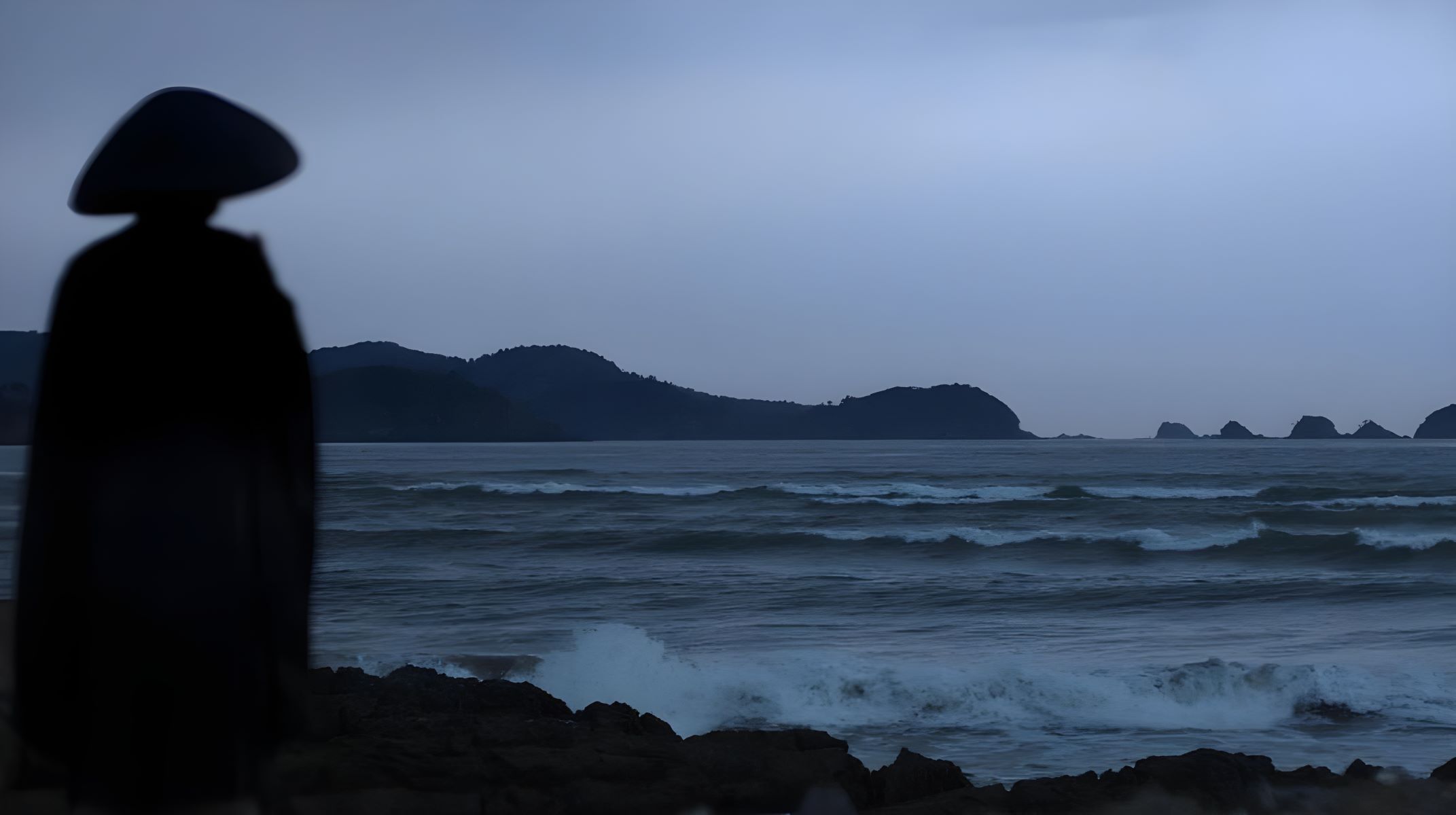
Tsunami spirits are a fascinating aspect of folklore that many people might not know about. These spirits are believed to be the souls of those who perished in tsunamis, often seen as wandering or restless. They are said to haunt coastal areas, seeking peace or warning others of impending danger. Stories of these spirits can be found in various cultures, especially in regions frequently affected by tsunamis. Understanding these tales can give us a deeper appreciation of how communities cope with natural disasters and honor their lost loved ones. Ready to dive into some intriguing facts about tsunami spirits? Let’s get started!
Key Takeaways:
- Tsunami spirits, rooted in folklore, are vengeful entities believed to cause natural disasters. They influence art, rituals, and even modern media, shaping cultural responses to tsunamis.
- Ancient beliefs in tsunami spirits intersect with scientific understanding, offering insights into how cultures cope with natural disasters. Rituals and practices continue to honor and appease these mystical entities.
What Are Tsunami Spirits?
Tsunami spirits are fascinating entities rooted in folklore and mythology. These spirits are believed to be connected to the powerful and destructive waves known as tsunamis. Here are some intriguing facts about these mystical beings.
- Tsunami spirits are often depicted as vengeful souls of those who perished in tsunamis.
- In Japanese folklore, these spirits are called "Funayūrei," which translates to "ghosts of drowned persons."
- Many cultures believe that tsunami spirits can cause natural disasters as a form of retribution.
- Some legends suggest that these spirits can be appeased through rituals and offerings.
- Tsunami spirits are often portrayed as ghostly figures rising from the sea.
Cultural Significance of Tsunami Spirits
Different cultures have unique interpretations and stories about tsunami spirits. These tales often reflect the communities' relationship with the sea and natural disasters.
- In Japanese culture, Funayūrei are said to appear on foggy nights, seeking to drag sailors into the depths.
- Hawaiian mythology speaks of "Mo'o," water spirits that can cause floods and tsunamis.
- In some Pacific Islander traditions, tsunami spirits are believed to be the guardians of the ocean.
- Ancient Greek mythology includes stories of sea nymphs and gods who control the waves.
- Indigenous Australian stories feature spirits that dwell in the ocean and can summon massive waves.
How Tsunami Spirits Influence Modern Beliefs
Even today, the concept of tsunami spirits influences how people perceive and react to natural disasters. These beliefs often shape cultural practices and community responses.
- Some coastal communities still perform rituals to honor and appease tsunami spirits.
- Modern literature and films often depict tsunami spirits as central characters in horror and fantasy genres.
- Tsunami spirits are sometimes used in educational programs to teach about the dangers of tsunamis.
- In certain regions, people build shrines near the coast to protect against the wrath of these spirits.
- Tsunami spirits are also featured in various art forms, including paintings and sculptures.
Tsunami Spirits in Popular Media
The allure of tsunami spirits has made them popular subjects in various forms of media, from books to movies.
- The 2002 Japanese horror film "Dark Water" features a ghostly presence linked to water and drowning.
- Tsunami spirits appear in several anime series, often as powerful and mysterious entities.
- Video games like "Nioh" incorporate tsunami spirits as formidable adversaries.
- Graphic novels and manga frequently explore the theme of vengeful water spirits.
- Tsunami spirits are also a common motif in traditional Japanese theater, such as Noh and Kabuki.
Scientific Explanations and Tsunami Spirits
While tsunami spirits are rooted in mythology, scientific explanations for tsunamis provide a different perspective. However, the two can sometimes intersect in interesting ways.
- Tsunamis are caused by underwater earthquakes, volcanic eruptions, or landslides.
- Some scientists study the psychological impact of tsunamis, including how folklore influences survivors' mental health.
- The study of tsunami spirits can offer insights into how ancient cultures understood natural disasters.
- Researchers have found that storytelling about tsunami spirits can help communities cope with trauma.
- The blending of science and folklore can lead to a deeper appreciation of both perspectives.
Rituals and Practices Related to Tsunami Spirits
Various rituals and practices have been developed over centuries to honor or ward off tsunami spirits. These traditions are often deeply ingrained in local cultures.
- In Japan, people sometimes float lanterns on the water to guide the spirits of the drowned.
- Hawaiian rituals may include offerings of food and flowers to appease water spirits.
- Some Pacific Islander communities perform dances and songs to honor the ocean and its spirits.
- Indigenous Australian ceremonies often involve storytelling and symbolic gestures to respect sea spirits.
- Coastal shrines in many cultures serve as places for prayer and offerings to protect against tsunamis.
Modern Interpretations and Adaptations
As societies evolve, so do the interpretations and adaptations of tsunami spirits. These modern takes can be seen in various aspects of contemporary life.
- Environmental movements sometimes invoke tsunami spirits to emphasize the power of nature.
- Artists create modern sculptures and installations inspired by traditional tsunami spirit imagery.
- Some coastal cities incorporate tsunami spirit motifs into public art and architecture.
- Educational programs use the concept of tsunami spirits to engage students in learning about natural disasters.
- Social media platforms feature communities dedicated to sharing stories and art about tsunami spirits.
Final Thoughts on Tsunami Spirits
Tsunami spirits, or "tsunami ghosts," are a fascinating blend of folklore and real-life tragedy. These spirits are believed to haunt areas devastated by tsunamis, often appearing as lost souls searching for loved ones or homes. Many cultures, especially in Japan, have stories and rituals to honor these spirits, hoping to bring them peace.
Understanding these tales gives us insight into how communities cope with natural disasters. They remind us of the human need to find meaning and comfort in the face of overwhelming loss. Whether you believe in spirits or not, these stories highlight the resilience and compassion of those affected by such tragedies.
Next time you hear about tsunami spirits, remember the real people and histories behind these haunting tales. They serve as a poignant reminder of nature's power and the enduring strength of the human spirit.
Frequently Asked Questions
Was this page helpful?
Our commitment to delivering trustworthy and engaging content is at the heart of what we do. Each fact on our site is contributed by real users like you, bringing a wealth of diverse insights and information. To ensure the highest standards of accuracy and reliability, our dedicated editors meticulously review each submission. This process guarantees that the facts we share are not only fascinating but also credible. Trust in our commitment to quality and authenticity as you explore and learn with us.


